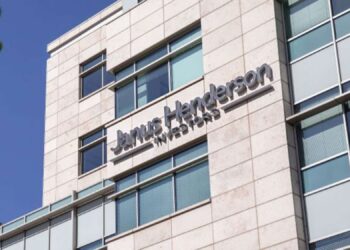S&P Dow Jones Indices has announced the launch of the S&P Carbon Price Risk Adjusted Index Series which seeks to measure the performance of companies in each respective underlying index with a weighting scheme based on estimated company market valuation at risk from predicted 2030 carbon prices.
It said the indices would be the first-of-their-kind in the market to incorporate future carbon prices, specifically the portion of future carbon pricing not covered by any current carbon prices.
S&P Dow Jones’ senior director, Hannah Skeates, said the new index series was developed to help market participants understand the financial risks embedded among the higher carbon emitters of the current global economy.
The index series included 12 headline indices:
- S&P 500 Carbon Price Risk 2030 Adjusted Index
- S&P MidCap 400 Carbon Price Risk 2030 Adjusted Index
- S&P SmallCap 600 Carbon Price Risk 2030 Adjusted Index
- S&P Europe 350 Carbon Price Risk 2030 Adjusted Index
- S&P Global 1200 Carbon Price Risk 2030 Adjusted Index
- S&P South Africa Composite Carbon Price Risk 2030 Adjusted Index
- S&P Global LargeMidCap Carbon Price Risk 2030 Adjusted Index
- S&P Developed LargeMidCap Carbon Price Risk 2030 Adjusted Index
- S&P Emerging LargeMidCap Carbon Price Risk 2030 Adjusted Index
- S&P Europe Developed LargeMidCap Carbon Price Risk 2030 Adjusted Index
- S&P North America LargeMidCap Carbon Price Risk 2030 Adjusted Index
- S&P AsiaPac Developed LargeMidCap Carbon Price Risk 2030 Adjusted Index
“As the efforts to achieve the commitments of the Paris Agreement and the transition to a low carbon economy progress, future carbon prices could lead to significant increased costs for companies which have not managed their global emissions,” Skeates said.





